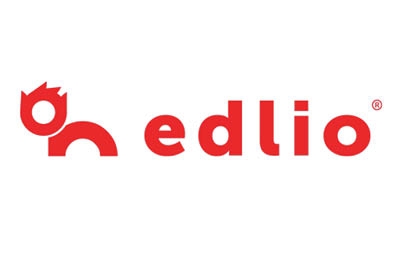Back when I built my first school website, the standout feature was an alumni directory. Technology has improved enough since the ‘90s that no one is going to get excited about a tool that simply helps students find classmates anywhere in the world to share a cup of coffee with.
But that shift in expectations isn’t just about how improved technology makes once-cutting-edge tools passé. It’s also a result of our changing attitudes about the online environment and its relation to “real life.” Not too long ago, online communities were niche spaces, usually targeted to particular interests. Today, more and more of us are meeting friends, working remotely, organizing politically, and even going to school entirely online. The internet is no longer separate from real life but an extension of it, a tool we use to organize and even create communities that play central roles in our lives.
If we embrace that change, our school websites can be powerful tools for organizing and nurturing our educational communities as well. To do that, we need to build sites that are easy to use, inconspicuously secure, and authentically reflective of the community in and around the school buildings.
Tech that Speaks to any Level of Fluency
Schools are wonderfully diverse these days, with families from a range of socioeconomic, religious, and international backgrounds. All of this might affect their technological fluency, so what works for one student’s family may not for another. Many student guardians will expect an experience that matches the consumer apps and websites they interact with already, while others may have little experience with technology and become frustrated if they aren’t sure how to find what they want quickly.
Read more...


